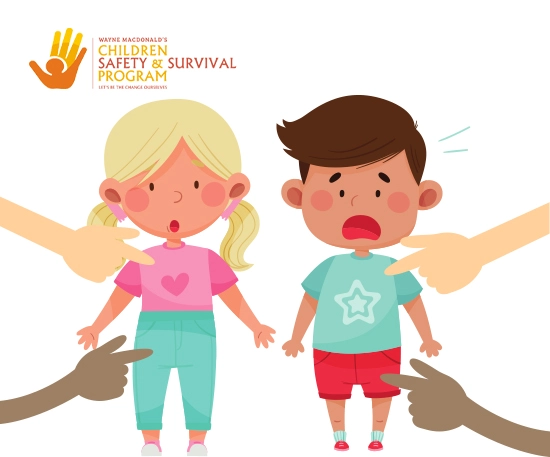
In the dynamic landscape of education, preparing students for success goes beyond academic prowess. The ability to effectively communicate is a cornerstone of personal and professional achievement. While verbal communication is emphasized in educational settings, the significance of teaching body language often remains underexplored. This article delves into the profound impact of incorporating body language education in schools, examining its multifaceted benefits for students.
Teaching students to decipher and employ non-verbal cues fosters the development of robust interpersonal skills. By understanding and responding to the body language of others, students can navigate social situations with increased confidence and effectiveness.
Confident body language is a compelling tool for success. By instilling in students the importance of standing tall, maintaining eye contact, and using assertive gestures, educators empower them to project confidence and authority in various contexts.
In our interconnected world, cultural nuances significantly impact non-verbal communication. Teaching students about diverse cultural norms in body language promotes cultural sensitivity, laying the foundation for respectful and inclusive interactions.
Beyond social settings, body language plays a pivotal role in academic achievement. Students who master non-verbal cues are better equipped to engage actively in classroom discussions, articulate ideas during presentations, and collaborate seamlessly with peers.
Proficiency in non-verbal communication contributes to effective conflict resolution. Teaching students to recognize and manage their own non-verbal signals, as well as interpret those of others, equips them with invaluable tools for navigating interpersonal challenges with empathy and emotional intelligence.
Integrating body language education into the curriculum can take various forms. Role-playing activities, group discussions, and video analyses are effective methods to help students grasp the subtleties of non-verbal communication.
As we advocate for comprehensive education, it is paramount to highlight initiatives such as the Wayne MacDonald’s Children Safety & Survival Program (CSS Program).The CSS Program is internationally certified for Grades 1 to 12, offering a holistic educational approach beyond academics. Integrating school stakeholders and industry experts, CSS stands as a beacon for students facing various challenges, including effective communication.
With a commitment to lifetime consultancy, parent-child education workshops, and counselor support, CSS creates a safe, supportive, and resilient environment. Backed by award-winning professionals, CSS contributes significantly to shaping well-prepared and socially aware individuals, nurturing the future leaders of our society.
In conclusion, teaching body language to students transcends the boundaries of traditional communication education. It is an investment in their holistic development, providing them with essential tools to thrive in an interconnected and diverse world. The impact is profound, ranging from enhanced confidence to improved cultural sensitivity and conflict resolution skills.